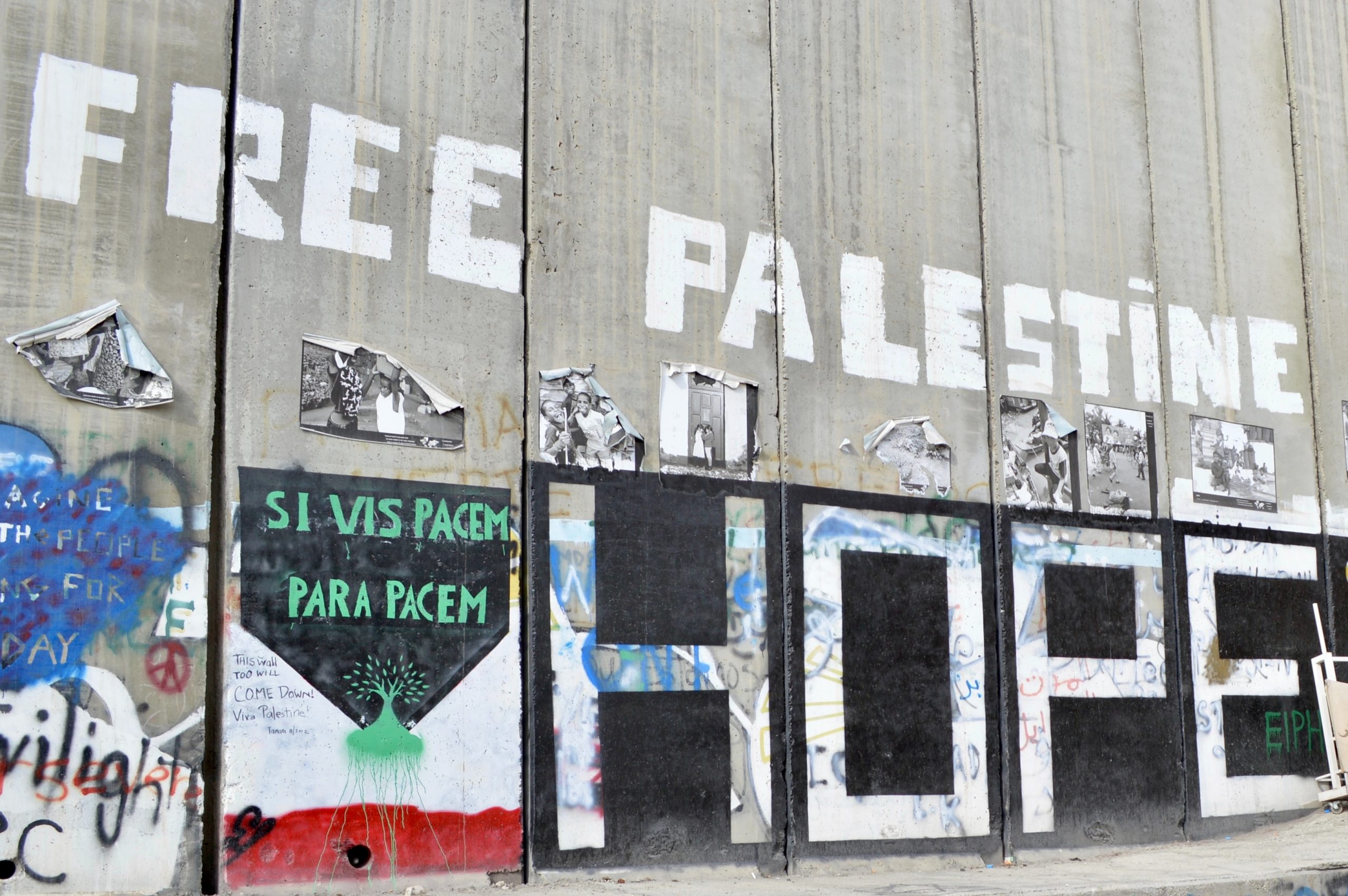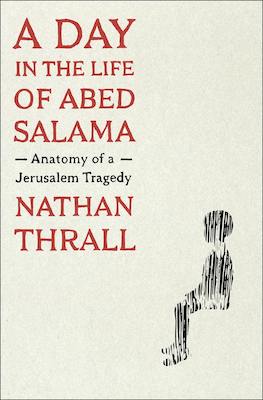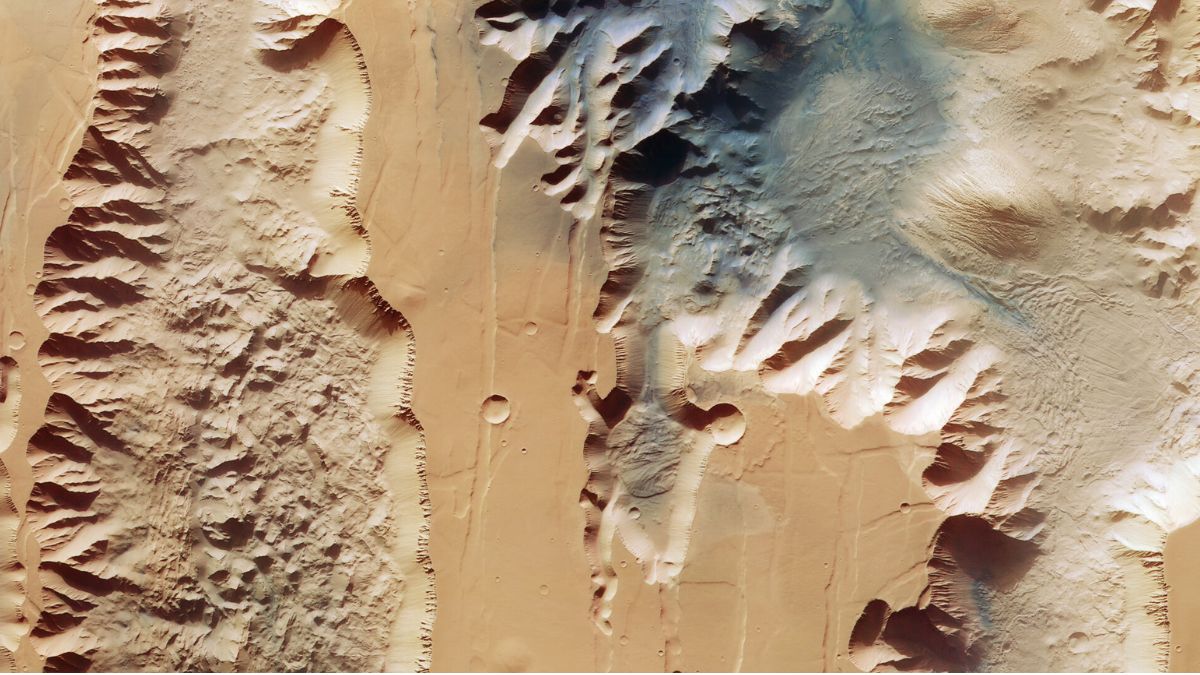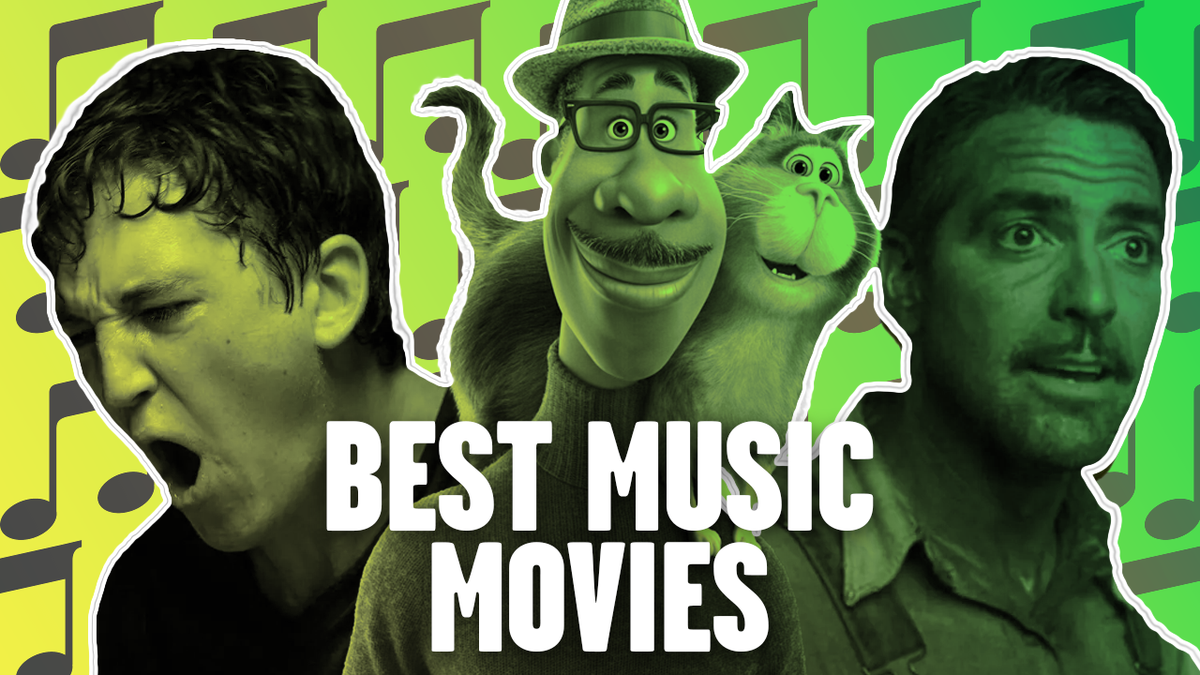As the bombs continue to fall in Gaza and violence tears through the West Bank, the areas of historic Palestine that are occupied by Israel, it is easy to get lost in the complicated geopolitical histories, statistics, and competing media narratives.
That is part of why journalist Nathan Thrall, whose earlier work with the International Crisis Group led him to write deeply researched articles on Israel-Palestine, zoomed in not just on a few characters, but one particular man: Abed Salama. In Thrall’s new book, A Day in the Life of Abed Salama, he paints a picture of the modern West Bank, divided by both political and concrete walls. Salama’s son was the victim of a catastrophic 2012 school bus crash that left some fifty kindergartners engulfed in flames as desperate onlookers pleaded for Israeli emergency services to rescue the children.
Thrall weaves together the story of several lives, each broken up by physical and social lines, and living in the shadow of tragedy and Israel’s military occupation. Thrall also faced his own challenges as he began his book tour, where he faced event cancellations, as many voices critical of Israel experienced as the war began.
I talked with Thrall about life on the other side of the wall, what this tragedy represents for Palestinians, and how this book’s story illuminates larger themes of Palestinian displacement, fragmentation, and mourning.
Shane Burley: Tell me who Abed Salma is, where you encountered this story, and why you wanted to write this book?
Nathan Thrall: Before there was the story of Abed Salama, there was the story of this accident. I live two miles from the walled enclave where the students who were on the school bus lived. In my daily life, I would pass by this walled ghetto without paying it any mind. After the accident, though, I couldn’t stop thinking of the parents and children and teachers involved. Most of them are residents of Jerusalem, people who share this same city with me but live a radically different existence. A separate and unequal existence. They live on the other side of a 26-foot-tall concrete wall and face the worst consequences of an Israeli policy of deliberate neglect. The Palestinian Authority is not allowed to come into the area in which they live, and Israel basically doesn’t go in except as a policing force. The accident was the embodiment of this policy of utter neglect of more than one hundred thousand people.
I tried to find anyone I could who was connected to the accident. Emergency service providers, doctors, social workers, parents, teachers. A family friend told me that she was distantly related to one of the parents of the kids on the bus, and that turned out to be Abed. I drove through the checkpoint, passed to the other side of the wall, and found myself in Abed’s home. He told me his story, not just about the twenty-four hours of his life where he was searching for his son, but also his personal and family history, the story of his activism in the First Intifada, of his first love, of his arrest and torture. And I realized that, through Abed, I could tell the story of Israel-Palestine.
SB: When I was reading the book, I kept thinking about this 1952 book about the Warsaw Ghetto called The Wall. That book describes the escalating trauma of living in the ghetto, but amongst the dozens of intimate character portraits there is one character the narrative all centers on: the wall that surrounds the ghetto. And I felt like in A Day in the Life of Abed Salama, the partition wall that separates the occupied West Bank from Israel is a sort of character in this story. What role does this wall play in people’s lives in the West Bank, and how is it a part of this particular story?
NT: I’m really glad to hear you say that because the wall is its own section of the book. It’s really the only section of the book that’s not centered on a particular person affected by the tragedy. That section goes into the story of an IDF Colonel, Dany Tirza, who was the wall’s chief architect. The wall had to be a central character in this story because it dictated so much of what happened on that day. It determines so much of these people’s lives. They’re surrounded entirely by walls. They have, on three sides, a 26 foot tall, concrete wall and on a fourth side a different kind of wall that runs through a segregated road, Route 4370, famously known as the “apartheid road.”
The enclosure of what is today around 130,000 people in the town of Anata and the Shu’afat refugee camp is the central element in their lives, separating them from their schools and health care providers and higher paying jobs in Jerusalem. The wall meant that parents who wanted to send their kids to the Jerusalem schools on the other side of it had to weigh whether it was worth the risk of their children passing through a checkpoint every morning and afternoon and being confronted by Israeli security forces. Many parents didn’t want to take that risk and chose instead to put their children in a West Bank school, a private school, to avoid Israeli soldiers.
So the wall was important to me, not only in describing how these people live, but also why they’re circumscribed and why the wall was routed in the way that it was. The architect of the wall describes exactly the logic of how he routed it in Jerusalem and around Anata, explaining why he chose not to follow the Jerusalem municipal boundary and instead created an enclave that straddles the Jerusalem municipality. The overriding principle was to remove as many Palestinians as possible from the heart of the city, while relinquishing as little land as possible. That has driven so much of the policy of the state of Israel for decades.
SB: As you write in the Epilogue, part of how this became a story in Israel was a reporter covering the really callous social media comments that some Israeli kids made about the attack. Their ambivalence, while certainly shocking, also seems to have some relationship to the infrastructural unwillingness by Israel to provide any substantial support to Palestinians in the territories. How do those cultural attitudes relate to the structural decisions Israel is making with regard to Palestinians in the West Bank?
NT: The main relationship between the hatred and racism shown by those Israeli youth and the structural barriers that led to tragedy unfolding in the way that it did is that it is a lot easier to dehumanize people with whom you don’t interact. The reality of Israel-Palestine, of Jerusalem, of the settlements abutting Palestinian towns in the West Bank, is one of segregation. That geographic, political, and social reality of segregation is what all the characters in the book had to navigate on the day of this awful tragedy.
The wall had to be a central character in this story because it dictated so much of what happened on that day. It determines so much of these people’s lives.
One of the central elements of the book is that it’s not as though any of these Israelis as individuals actually desired that a bus full of kindergarteners continue to burn while Israeli fire trucks took more than thirty minutes to arrive. Some of the teens who wrote jubilant posts on Facebook did desire that, but the emergency service responders did not. Yet the entire system in which they operate is designed in such a way that the very, very late and inadequate response to this crash was entirely predictable.
SB: Mourning is an important part of the book, and so central to both Palestinian and Israeli lives that this may be one of the elements most shared by all the characters in the book. So, for example, we focus heavily on the way that mourning mobilized the Palestinian communities after the crash, but also meet a Haredi organization dedicated to ensuring mourning rituals are able to be observed. What role does mourning play in Palestine, and what political role does it play?
NT: The act of mourning is different depending on whether you consider the deceased to have been a victim of occupation. If there is a victim of occupation who is killed you are not supposed to, for example, do the traditional ritual of cleaning the body and other standard burial rights; instead you bury them in their clothes. So the whole act of mourning, just from the very first step of determining whether this person is a martyr, a victim of occupation or not, is of course, very political.
The father in the book, Abed Salama, when his son died, one of the things he deeply regretted was not being able to hold his son and say goodbye to him. If they had gone by the declaration of the Palestinian Authority that all of the kids who were killed were martyrs, then Abed and the other parents shouldn’t have done any of the traditional rituals even if they could. In this particular case, Abed couldn’t have because his son was too badly burned.
SB: Your book was released just days before the Hamas attack and subsequently experienced the cancellation of many of your book events and talks, with one particularly notable example when the London police preemptively shut down a planned talk hosted by the How To Academy over alleged “security concerns.” You are obviously not the only one, there has been a massive wave of repression of critical voices in the weeks after the Hamas attack. How did the cancellations affect your promotional efforts for the book, and what has the tenor been like for critical voices since the war began? Do you think it’s becoming increasingly difficult to voice perspectives like yours? And do you think there has been a difference between how critical Jewish and Palestinian voices have been treated in this regard?
NT: The October 7th attacks and the Gaza war had a polarizing effect: on one hand, in mainstream spaces it became much more difficult to have discussions about Palestinian life under occupation; on the other, among younger people and the left more generally there has never been greater support for Palestinian rights. Gatekeepers at some large, mainstream institutions have succeeded in quashing pro-Palestinian speech. At universities, Palestinian freedom of expression has been greatly curtailed and Palestine student groups have even been banned.
It will also be up to people around the world to make clear to their governments that they do not support the continuation of ethnonational domination.
In the cultural sphere, book talks, film screenings, award ceremonies, and musical performances relating to Palestine have been canceled, including about a fourth of the events I had planned in the U.S. (and the main event I had in London, which was shut down by the U.K. police). This has affected Palestinians most severely, but the target is broader—speech that is sympathetic to Palestinians, no matter the identity of the speaker. As a prerequisite to giving a book talk at the University of Arkansas, I was told that I had to sign a pledge that I would not boycott Israel or the settlements. One could boycott virtually anything in the world—the fossil fuel industry or China or Saudi Arabia or the Republican Party—but not Israel or the settlements. I refused to sign, and the talk hasn’t happened. What many people don’t realize is that these sorts of infringements on freedom of expression were in place long before October 7th. It’s just that they have gained steam since.
SB: You and I are talking at a time when no ceasefire is in place, nearly 20,000 Palestinians have been killed, the Israeli right is entrenched and a voluntary end to the Occupation feels as far as ever. As someone who lives there and is deeply invested in the future for the people of the region, are you optimistic about that future? And what kinds of actions for those in the U.S. are most helpful?
NT: As shocking as it may be to hear this, I believe that there is a better chance of ending this system of oppression today than there was on October 6th. The reason for that is very simple. This is a contest between two grossly unequal parties. One is Israel, a nuclear armed regional power with the backing of the strongest state in the world. And the other is a party that is politically divided, militarily weak, barely holds any territory, and even what it ostensibly holds is still controlled by Israel. It really has no ability to impose the kinds of costs that would be necessary to overturn the system. The problem has been that the stronger party has not had a strong enough incentive to change the system.
For the first time in many years, ordinary Israelis find themselves with a strong incentive to change the system that was in place prior to October 7. Change could come if the Israeli public is convinced that the price that they are paying for endless occupation is too high and that something else ought to replace it. Whether there will be a realistic or credible or decent proposal for changing it, we have to wait and see. But there definitely is a desire to change the system that seemed impermeable to change just two and a half months ago.
It will also be up to people around the world, and particularly in the U.S., to make clear to their governments that they do not support the continuation of more than half a century of ethnonational domination, that they do not support the collective punishment of two million people in Gaza. Ordinary Americans can increase the pressure on the Biden administration to demand a ceasefire right now. If Biden feels he is paying too high a price domestically and internationally for his support of Israel’s mass killing of civilians in Gaza, he can be convinced to demand a ceasefire. The difference between a ceasefire today and a ceasefire several weeks from now could be the saving of thousands of innocent lives.







